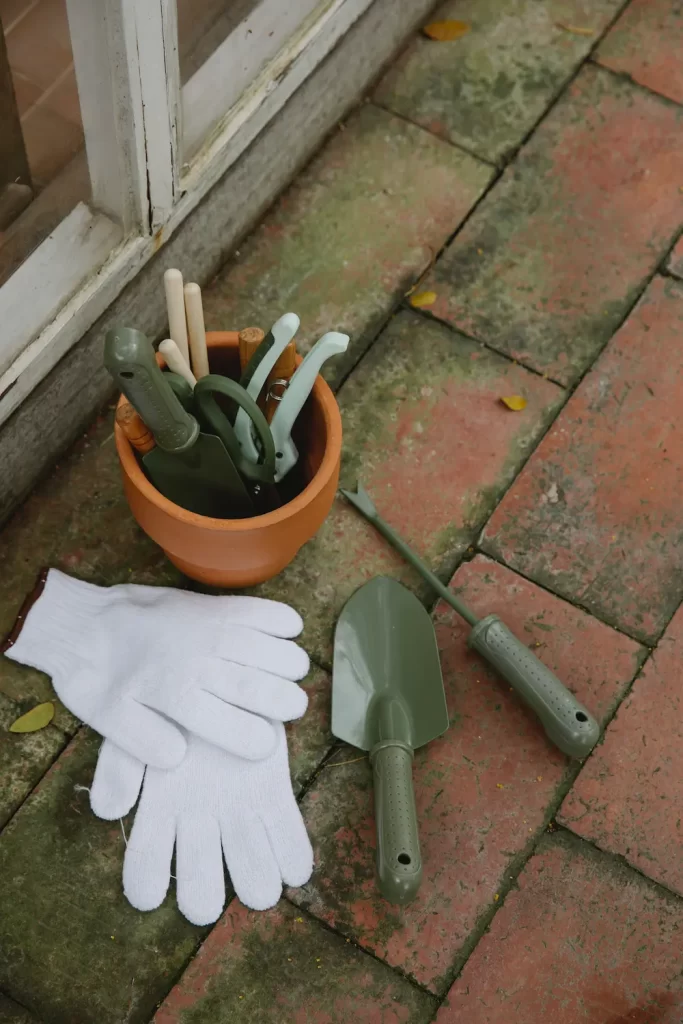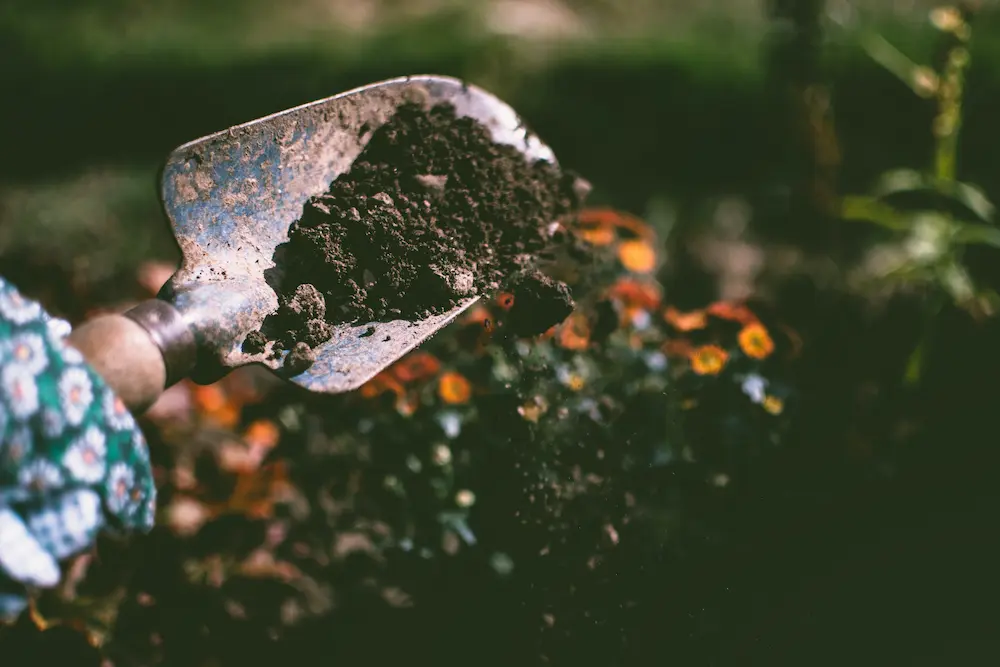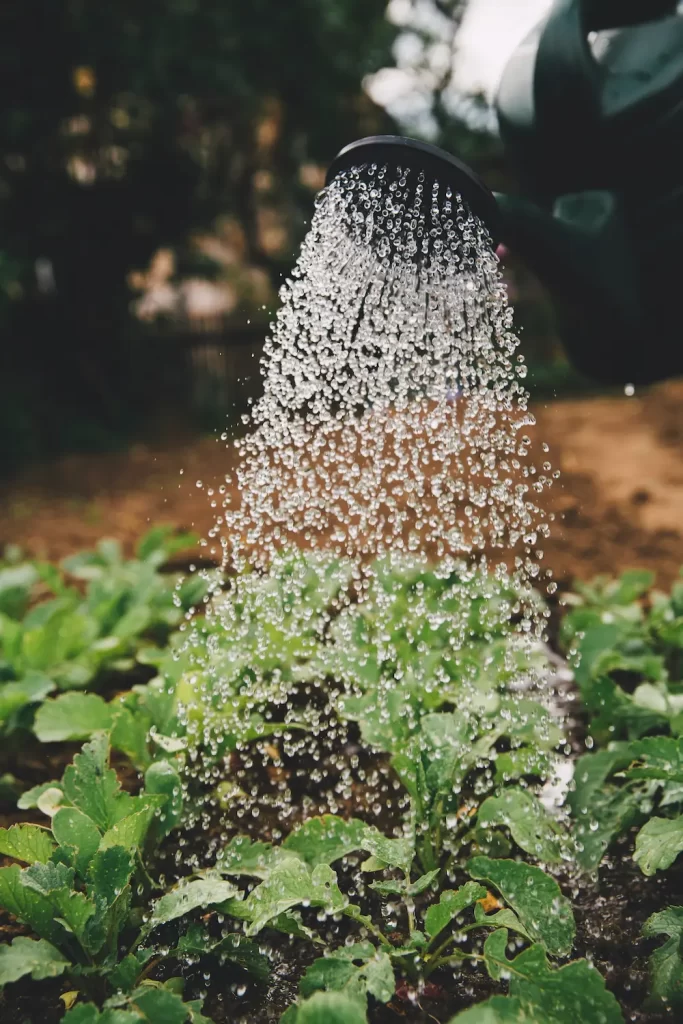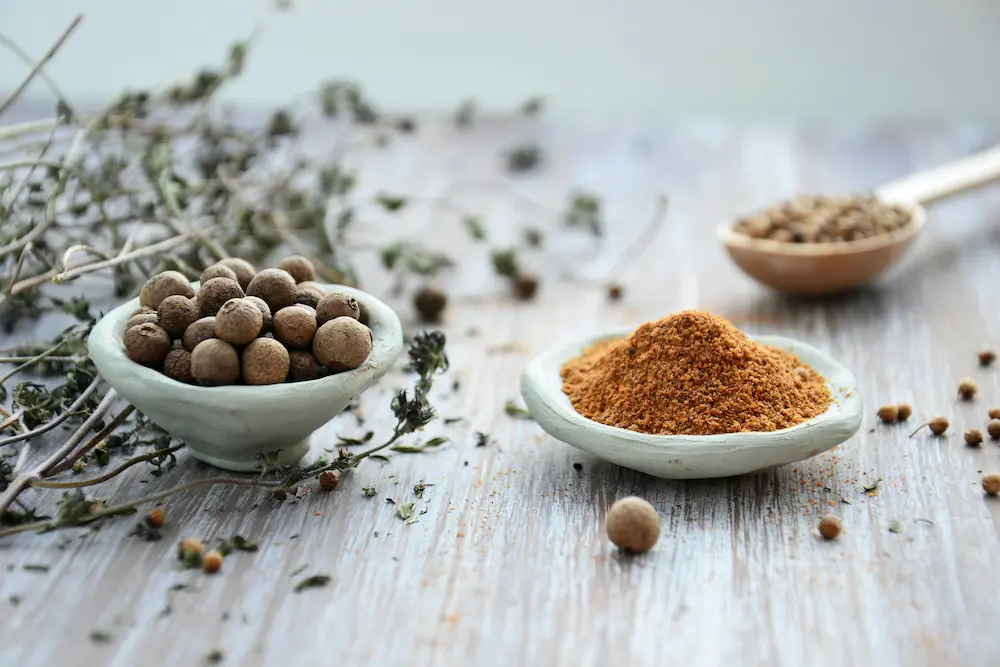Gardening is a fulfilling and rewarding hobby that allows you to connect with nature, cultivate beautiful plants, and grow your own fresh produce. To embark on this green journey, having the right gardening tools is crucial. With the right tools at your disposal, you can streamline your gardening tasks, enhance efficiency, and ensure successful results.
In this blog, we’ll explore 10 essential gardening tools that every gardener should have in their arsenal.
1. Hand trowel
A hand trowel is a versatile tool that serves multiple purposes. It is perfect for digging small holes, transplanting seedlings, and planting bulbs. Look for a trowel with a comfortable grip and a sturdy, rust-resistant blade for longevity.
2. Pruning shears
Pruning shears, also known as secateurs, are essential for maintaining the health and appearance of your plants. They are ideal for trimming branches, cutting flowers, and shaping shrubs. Invest in a high-quality pair with a sharp blade and a strong cutting mechanism.
3. Garden fork
A garden fork is invaluable for cultivating and aerating the soil. It helps break up compacted soil, remove weeds, and mix in compost or organic matter. Look for a garden fork with sturdy tines and a comfortable handle for ease of use.
4. Garden hoe
A garden hoe is a must-have tool for weeding and cultivating your garden beds. It allows you to remove weeds and loosen the soil effectively. Choose a hoe with a sharp blade and a long handle to minimize strain on your back.
5. Watering can
Proper hydration is essential for the health of your plants. Invest in a good quality watering can with a fine rose nozzle for gentle watering. Look for a can with a comfortable handle and a capacity suitable for your garden size.
6. Garden gloves
Protecting your hands while gardening is vital. A pair of durable garden gloves will shield your hands from thorns, blisters, and soil-borne infections. Choose gloves made from breathable material with a good grip for added safety and comfort.
7. Garden rake
A garden rake is essential for leveling the soil, removing debris, and spreading mulch. It helps create a smooth and even surface in your garden beds. Opt for a rake with sturdy tines and an ergonomic handle for ease of use.
8. Wheelbarrow
When it comes to moving heavy loads, a wheelbarrow is a gardener’s best friend. It is ideal for transporting soil, mulch, plants, and other gardening materials. Look for a wheelbarrow with a sturdy frame, comfortable handles, and pneumatic tires for smooth maneuverability.
9. Garden pruner
For larger branches and tougher woody plants, a garden pruner is indispensable. This tool is designed to tackle thicker stems and branches with ease. Choose a pruner with a ratchet mechanism for increased cutting power and precision.
10. Garden hose with spray nozzel
A reliable garden hose with a spray nozzle is essential for watering your plants effectively. Look for a hose made from durable material that is resistant to kinking and a spray nozzle with adjustable settings for different watering needs.
Frequently asked questions



Can I use household scissors instead of pruning shears?
While household scissors may work for light pruning tasks, investing in a pair of pruning shears specifically designed for gardening is recommended. Pruning shears are designed to provide a clean and precise cut, which is crucial for the health of your plants.
How often should I water my plants?
The frequency of watering depends on several factors, including the type of plants, weather conditions, and soil moisture. Generally, it’s best to water deeply but less frequently to encourage deeper root growth. Check the moisture level of the soil by sticking your finger about an inch deep. If it feels dry, it’s time to water.
Can I use any type of garden hose?
It’s important to choose a garden hose made from durable materials that can withstand outdoor conditions. Look for hoses that are resistant to kinking and have the appropriate length for your garden. Additionally, consider investing in a hose with a spray nozzle that offers adjustable settings for different watering needs.
How do I maintain and store my gardening tools?
Proper maintenance and storage will prolong the lifespan of your gardening tools. After each use, clean off dirt and debris from the tools, especially blades. Keep them dry to prevent rust. Store your tools in a dry area, preferably hanging or in a toolbox, to prevent damage and ensure easy accessibility for future use.
Can I use gardening gloves for all gardening tasks?
Gardening gloves offer protection and comfort while working in the garden. However, some tasks may require specialized gloves. For example, when handling thorny plants, it’s best to use gloves with reinforced palms. Similarly, when working with chemicals or pesticides, use gloves specifically designed for chemical resistance.
Are there any eco-friendly alternatives for gardening tools?
Yes, there are eco-friendly options available for many gardening tools. Look for tools made from sustainable materials, such as bamboo or recycled plastics. Additionally, consider using hand tools instead of power tools to reduce energy consumption and minimize environmental impact.
Want more gardening inspiration? Learn how to grow tomatoes from scratch.






[…] you want more gardening tips for your home, check out 10 essential gardening tools you should […]